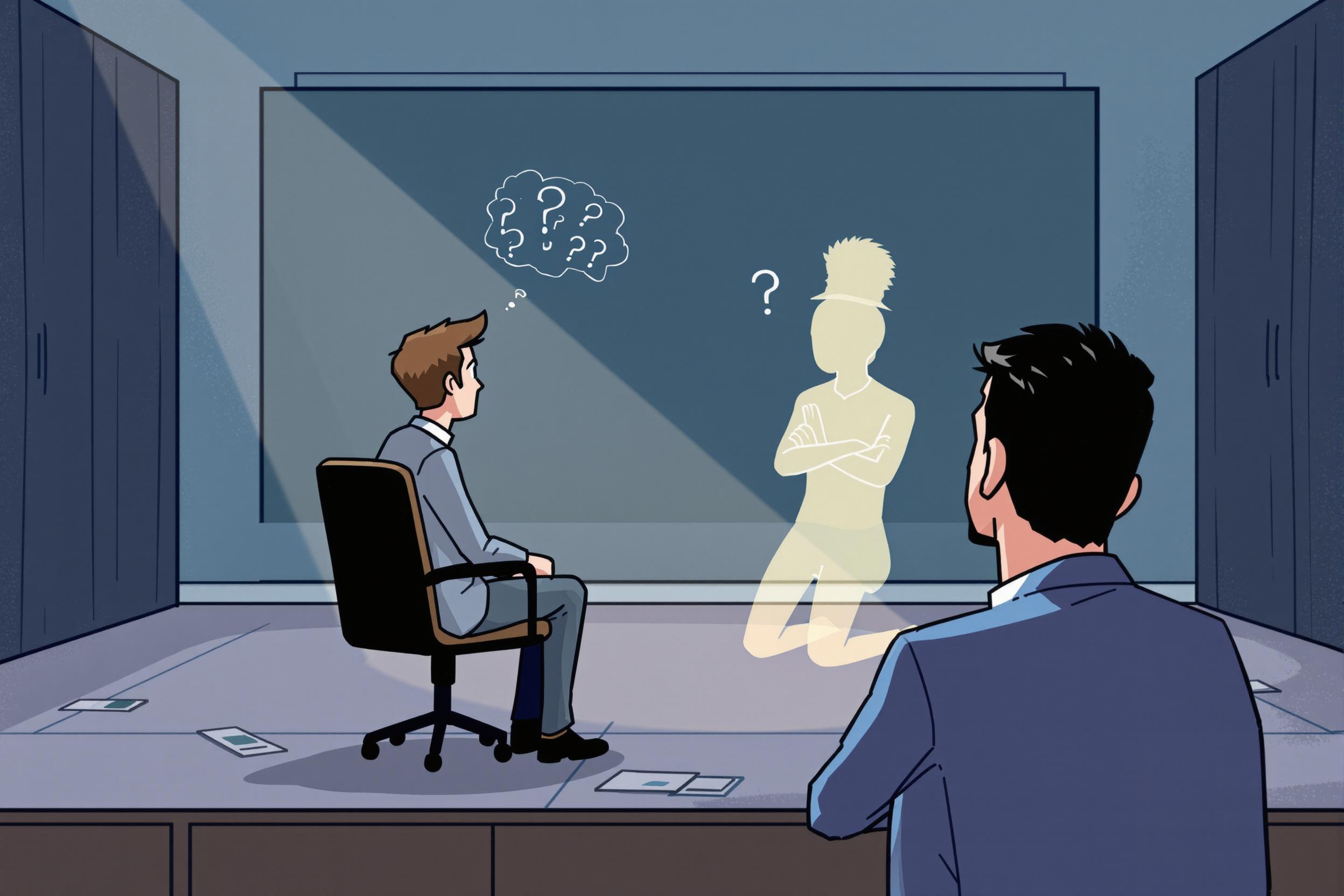
Disgorging
Disgorging is an important step in making sparkling wines like Champagne. It's the process of removing the sediment that collects in the bottle during the second fermentation. Think of it like cleaning out the natural debris that forms while making the bubbles in sparkling wine. This process used to be done by hand but now is usually handled by machines in modern wineries. When you see this term on a resume, it shows that the person has hands-on experience with sparkling wine production. Other common names for this process are "dégorgement" (French term) or "removing the lees."
Examples in Resumes
Managed Disgorging operations for 10,000 bottles of sparkling wine annually
Supervised automated Disgorging line and trained staff on Dégorgement procedures
Improved efficiency of Disgorging process, reducing waste by 15%
Typical job title: "Cellar Workers"
Also try searching for:
Where to Find Cellar Workers
Professional Organizations
Job Boards
Industry Networks
Example Interview Questions
Senior Level Questions
Q: How would you manage quality control in a large-scale disgorging operation?
Expected Answer: Should discuss temperature control, timing, loss prevention, staff training, and quality checks throughout the process. Should mention experience with both automated and manual methods.
Q: What innovations have you implemented to improve the disgorging process?
Expected Answer: Should be able to discuss efficiency improvements, waste reduction, quality enhancement measures, and possibly automation integration while maintaining traditional quality standards.
Mid Level Questions
Q: What are the key factors to monitor during the disgorging process?
Expected Answer: Should mention temperature control, pressure monitoring, sediment removal efficiency, and dosage addition accuracy. Should understand how these factors affect final product quality.
Q: How do you train new staff on disgorging procedures?
Expected Answer: Should explain safety procedures, quality standards, proper technique demonstration, and common troubleshooting methods in an easy-to-understand way.
Junior Level Questions
Q: Can you explain the basic steps of disgorging?
Expected Answer: Should be able to describe the process of freezing the neck, removing the crown cap, ejecting the sediment, and adding the dosage in simple terms.
Q: What safety precautions are important during disgorging?
Expected Answer: Should mention proper eye protection, handling of pressurized bottles, temperature safety, and general cleanliness procedures.
Experience Level Indicators
Junior (0-2 years)
- Basic understanding of sparkling wine production
- Ability to operate disgorging equipment under supervision
- Knowledge of basic safety procedures
- Understanding of cleanliness and sanitation requirements
Mid (2-5 years)
- Independent operation of disgorging equipment
- Quality control monitoring
- Training of junior staff
- Troubleshooting common problems
Senior (5+ years)
- Process optimization and improvement
- Staff management and training program development
- Quality control system implementation
- Production scheduling and planning
Red Flags to Watch For
- No knowledge of basic sparkling wine production methods
- Lack of understanding about temperature control importance
- No experience with quality control procedures
- Unfamiliarity with safety protocols for pressurized bottles
Need more hiring wisdom? Check these out...

How Internal Gig Marketplaces Revolutionize Employee Development

Ghosted Again? How to Stop Candidates from Disappearing and Start Engaging Them Better

Ghostbusting in Recruitment: How to Keep Candidates Engaged

